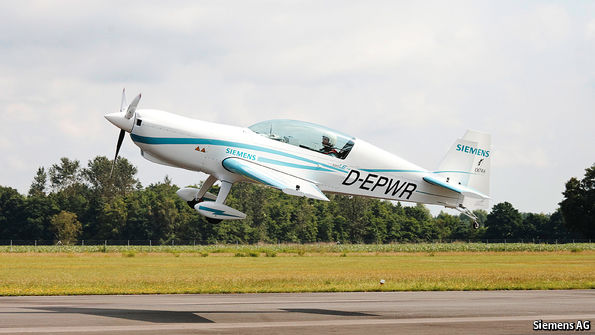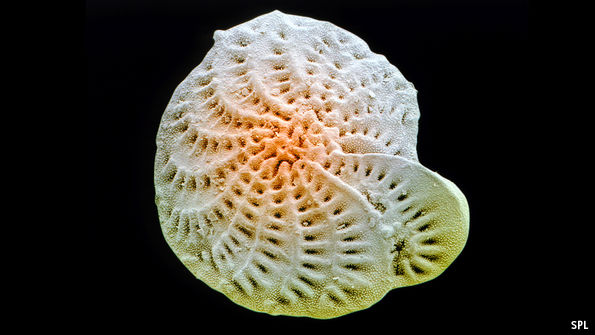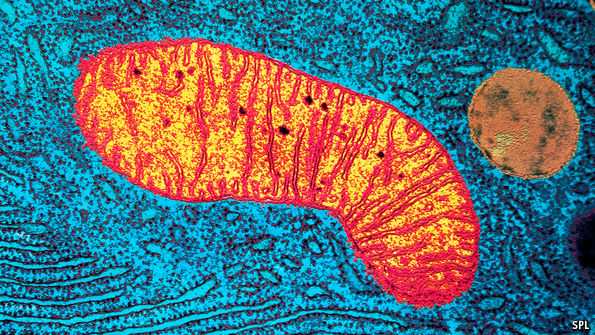Unbalancing the scales

THE high seas are a lawless place. That is no metaphor. Beyond the jurisdiction of governments, beyond even the United Nations Convention on the Law of the Sea (UNCLOS), which was agreed in 1982 and came into force in 1994, they have been subjected to few laws over the centuries besides the prohibition of piracy and slave-trading, and the regulation of submarine cables and pipelines.
In 2001, though, they became a little less lawless. That was the year the United Nations’ Fish Stocks Agreement (UNFSA) came into effect. The UNFSA tried to impose some order on high-seas fishing, an activity not previously considered to matter enough for people to care about it.
Fishing beyond those parts of the ocean within 200 nautical miles of land, codified by UNCLOS as exclusive economic zones (EEZs), began about six decades ago. It ramped up in the late 1970s when Australian and New Zealand vessels started casting their nets specially for deepwater species. Other countries have now joined and overtaken them (see chart).
Source: Economist











